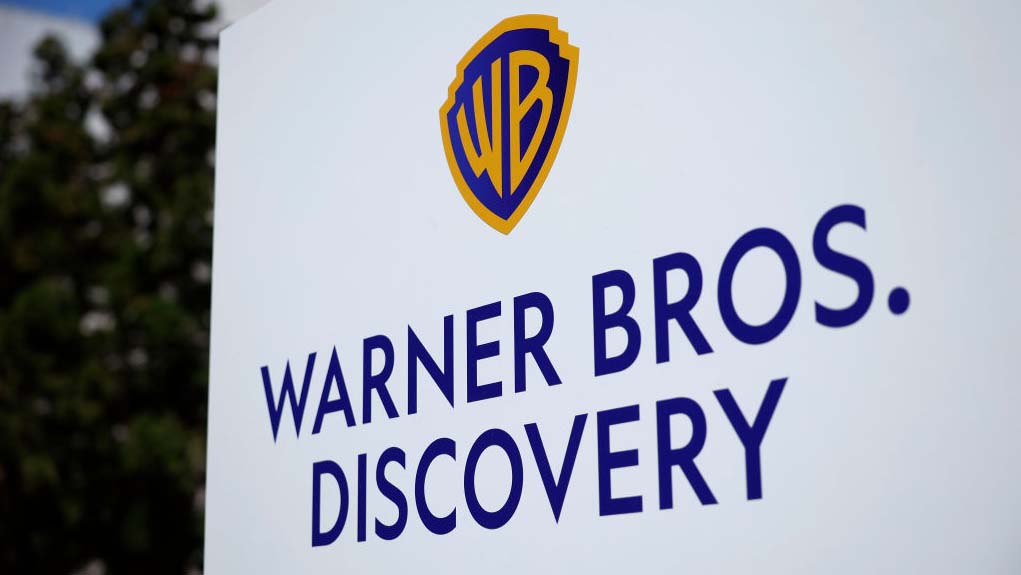ARD-aktuell Serves up 'Tagesschau' with Quantel
On 28 January German public broadcaster ARD switched transmission of all its news programmes, including the flagship 'Tagesschau,' to direct output from the Quantel Enterprise sQ integrated production system at the heart of ARD-aktuell's state-of-the-art Open Media newsroom.
This change completes ARD-aktuell's transition to digital. "Going digital was essential to making ARD-aktuell future-proof," said ARD-aktuell Head of News, Kai Kniffke. "Our successful collaboration with Quantel means that we can now make Tagesschau-quality news available much more quickly to a larger audience via a broader range of distribution channels."
The new system now produces all the different daily editions of 'Tagesschau,' 'Tagesthemen,' 'Nachtmagazin' and 'Morgenmagazin,' and also 'Tagesschau in 100 seconds' for download to mobile devices.
ARD-aktuell began its transition to digital in 2003. The key aim of the project was to benefit from an accelerated workflow by giving all editors in the newsroom full access to all material as it arrives in the system. ARD-aktuell's editors can now review and select incoming video, edit their stories, add voice-overs, mix the audio and place the finished pieces directly into the transmission schedule — all from their workstations.
Another key workflow requirement for ARD-aktuell was to be able to reduce the ingest-to-air time to the minimum possible — particularly important where multiple major stories are breaking simultaneously. With the Enterprise sQ system, broadcast of incoming material can commence even before ingest is completed. "This operational speed is not achieved by any other supplier in the market," said Ben Buck, ARD-aktuell Senior Duty Editor. The limiting factor for ARD-aktuell is not the technology, but the maximum speed at which its news editors can handle the material — giving a potential time-to-air latency of near zero.
'Tagesschau' has a hard-earned reputation for absolute stability and reliability, and the whole production system is designed to run fully redundant so that broadcast can continue uninterrupted even in the event of a complete server failure. "The system is structured so that all the material is duplicated between two physically separate zones, each with two sQ servers," explains Georges Grommes, ARD-aktuell Senior Duty Editor. "If one zone fails, the second is always available in Hot Standby mode."
The implementation of the new system cements ARD-aktuell's position as the leading news provider in Germany, and its success with the Quantel system has not gone unnoticed by other European broadcasters currently engaged in the transition to digital news production. "We are proud that ARD-aktuell chose our solution," said Quantel Director of Sales, Central Europe, Thomas Birner. "One of the key reasons for the successful and efficient project implementation was the close co-operation between Quantel and the ARD-aktuell project group, which comprised newsroom editors as well as engineers and planning specialists, with Quantel taking responsibility for the whole system as the main contractor."
The professional video industry's #1 source for news, trends and product and tech information. Sign up below.
